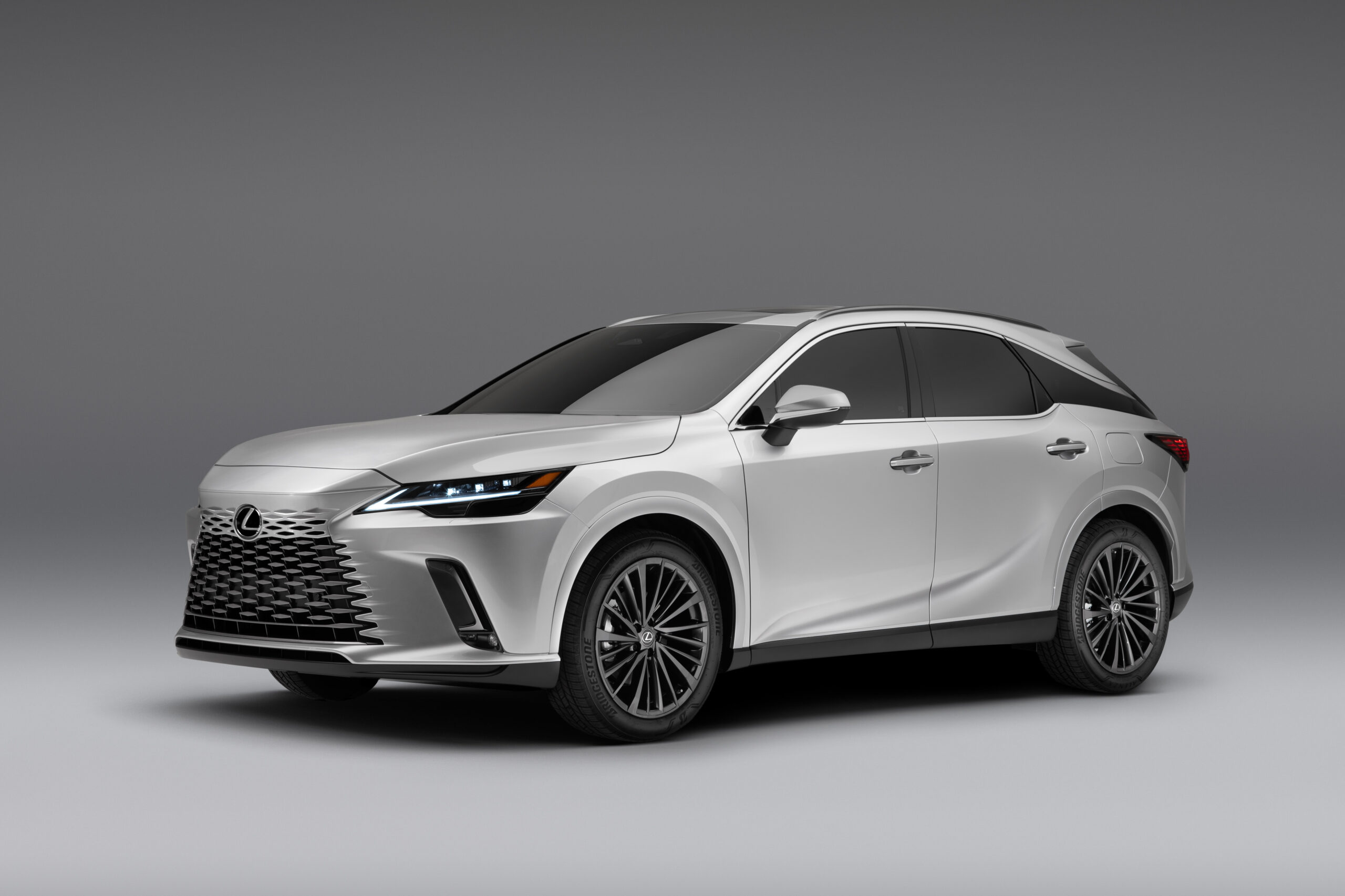When you drive down the road, you might catch a glimpse of a sleek vehicle’s emblem—an ornate “L” shining brightly. It’s a symbol denoting luxury and sophistication, a badge belonging to Lexus. But have you ever posed the playful question, “Is Lexus truly a Japanese car, or is it an American creation wearing a Japanese mask?” This inquiry invites us to explore the intricate history of Lexus and its cultural roots, which happen to be entwined with innovation and global automotive dynamics.
In 1989, Lexus made its debut as the luxury vehicle division of the renowned Japanese automaker Toyota. The creation of Lexus was no mere caprice or whim. It was a strategic maneuver aimed at penetrating the fiercely competitive luxury market dominated by well-established European brands. The mission was crystal clear: to redefine luxury by marrying engineering excellence with an unwavering commitment to customer satisfaction.
So, here we are on the precipice of a delightful paradox. Lexus is undeniably birthed from Japanese engineering ethos, yet a significant portion of its models are now manufactured in the United States. How does this impact the car’s identity? Is it a cultural artifact, or has it evolved into a cosmopolitan entity, transcending its geographical origins?
Let’s delve into the genesis of the Lexus brand, spotlighting its Japanese heritage. The inception was marked by a project called “F1,” which aimed to develop a flagship luxury sedan capable of rivaling even the likes of BMW and Mercedes-Benz. This ambitious undertaking blossomed into the Lexus LS 400, which was unveiled at the 1989 North American International Auto Show. The LS 400 quickly garnered accolades for its performance, reliability, and comfort—hallmarks of Japanese automotive craftsmanship.
However, as time marched on, the demographic landscape began to shift. The brand overseas witnessed a growing demand among American consumers for a blend of luxury and performance, with an emphasis on bespoke features. It became evident that in order to capitalize on this burgeoning market, Lexus needed to adapt. Thus, several manufacturing plants emerged within the United States.
With the construction of the Lexus facility in Georgetown, Kentucky, a new chapter began. Opened in 1988, the plant symbolized a significant investment in American soil and reflected a broader trend in the automotive industry. Many Japanese manufacturers, including Toyota, recognized the merits of local production. From developing tailored vehicles that cater specifically to American preferences to facilitating a timely response to local market demands, manufacturing in the U.S. adorned Lexus with a new layer of identity.
This duality invites an intriguing challenge: Amidst the automated assembly lines in Kentucky, where does the essence of Japanese craftsmanship lie? Can a Lexus, born from Japanese ingenuity yet assembled in the heart of America, still be regarded as a quintessentially Japanese car? Or do the American facilities coalesce into its identity—transforming it into a hybrid of Eastern zen and Western practicality?
In addressing this colloquy, one must consider that while manufacturing facilities may be physically located in the United States, the philosophy that drives Lexus remains rooted in its Japanese origins. The core principles of meticulous attention to detail, innovative technology, and unparalleled customer service are undeniably influenced by a rich tapestry of Japanese culture, often epitomized by the concept of “Kaizen.” This philosophy of continuous improvement underscores every aspect of Lexus—merging elegant design with an unyielding pursuit of perfection.
As with any automaker, the cultural connotations surrounding Lexus can be complicated. The diversity of its manufacturing environment has enabled Lexus to thrive, not only by streamlining operations but also by embracing the multicultural nuances of the American landscape. American workers contribute their unique perspectives, integrating local tastes and preferences into the vehicles produced at the Kentucky plant. This also raises a curious point: when you drive a Lexus, are you only experiencing Japanese luxury, or are you partaking in a multifaceted collaboration that spans continents?
Evidently, owners often experience an immediate connection with Lexus. The driving experience itself has remained a testament to the craftsmanship espoused by its Japanese founders. Joyful precision in steering, a plush interior ambiance, and cutting-edge technology create an identity that resonates deeply across borders. Customers do not just purchase a car; they invest in a narrative—one that weaves the threads of Japanese heritage with American practicality.
Moreover, the narrative continues to evolve as Lexus embraces sustainability and innovation. The future of Lexus is not solely a reflection of its past but rather a preparation for a holistic approach to automobile design and function. Electric vehicles and hybrid models are becoming integral to its lineup, showcasing a commitment to contemporary demands. Here again, the foundations of Japanese philosophy intersect with American ingenuity, as environmental considerations push the envelope of automotive design.
In conclusion, the inquiry regarding whether Lexus is a Japanese car or an American-made entity does not have a definitive answer—it is both and more than either. The essence of Lexus transcends these national boundaries, flourishing in a melting pot of craftsmanship and innovation. So, the next time you gaze upon a Lexus gliding smoothly down the road, consider the layers of identity that beautifully merge to form this remarkable vehicle—a true testament to globalization in the modern automotive era.
